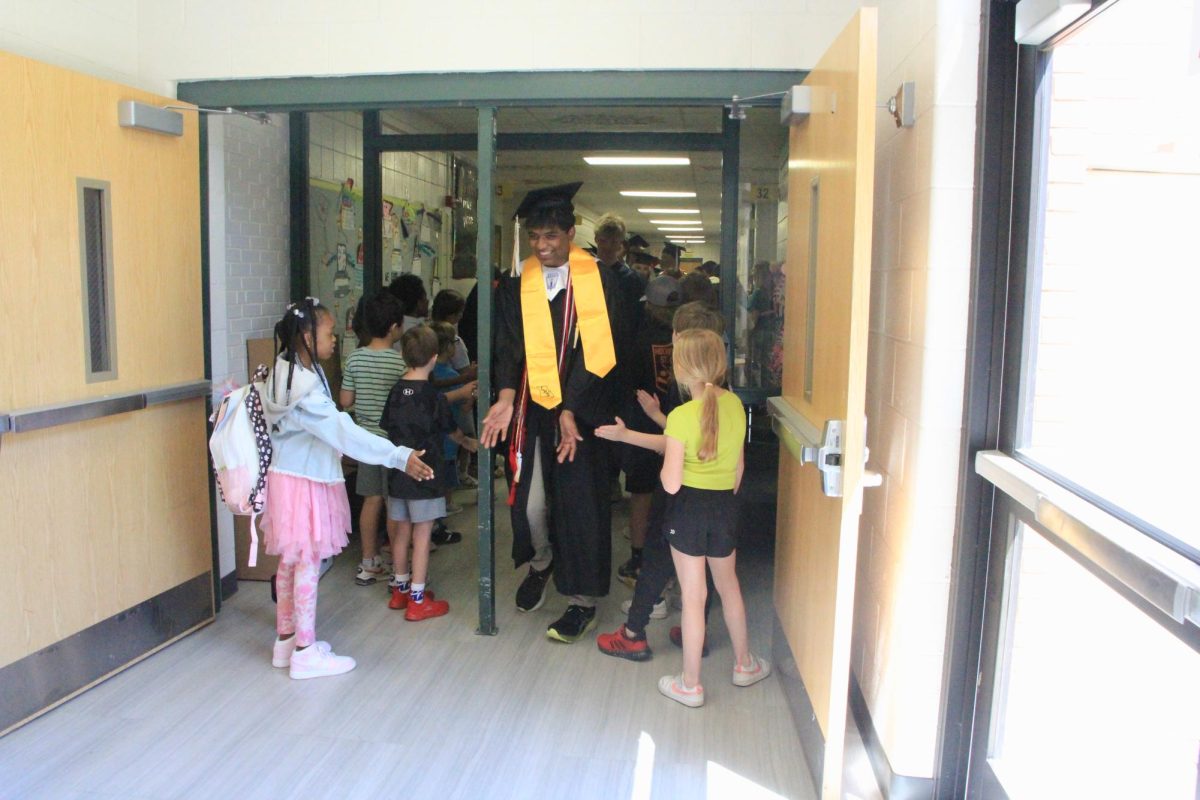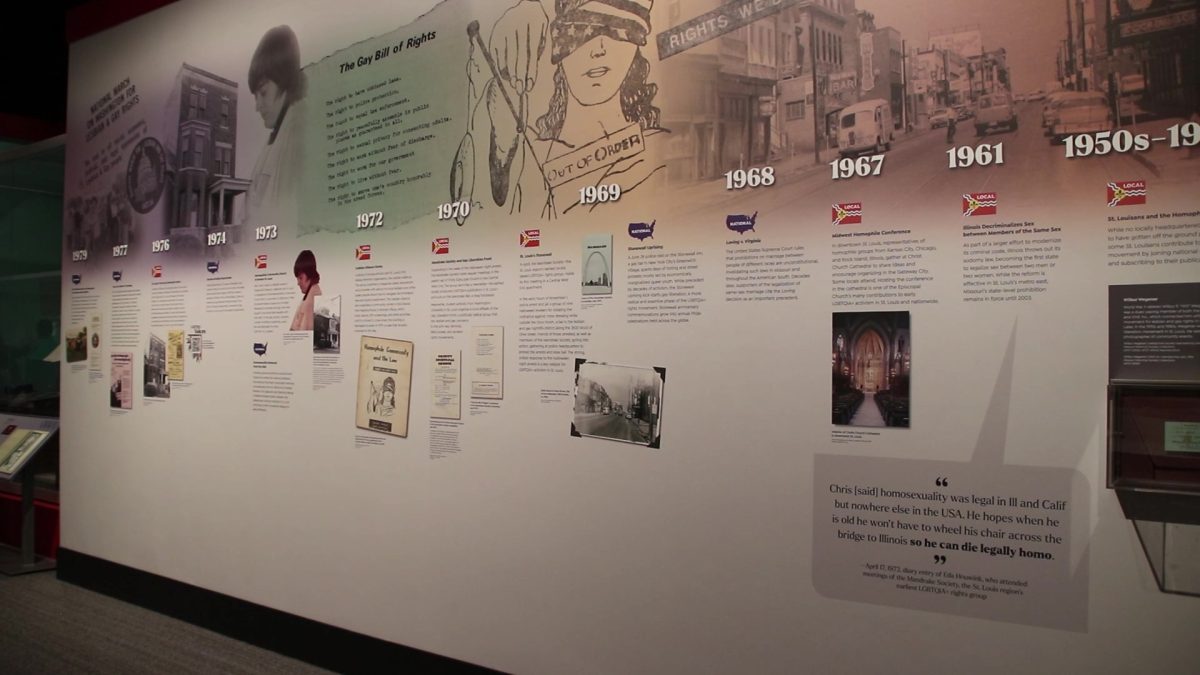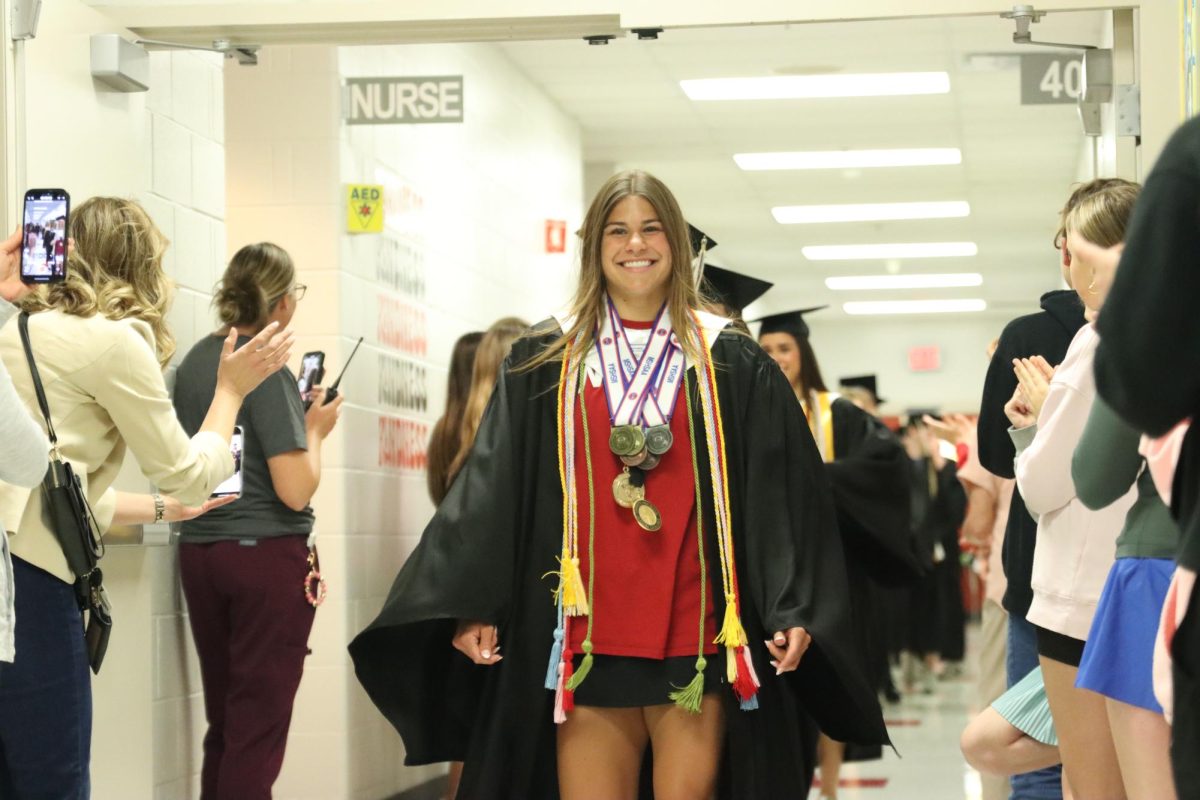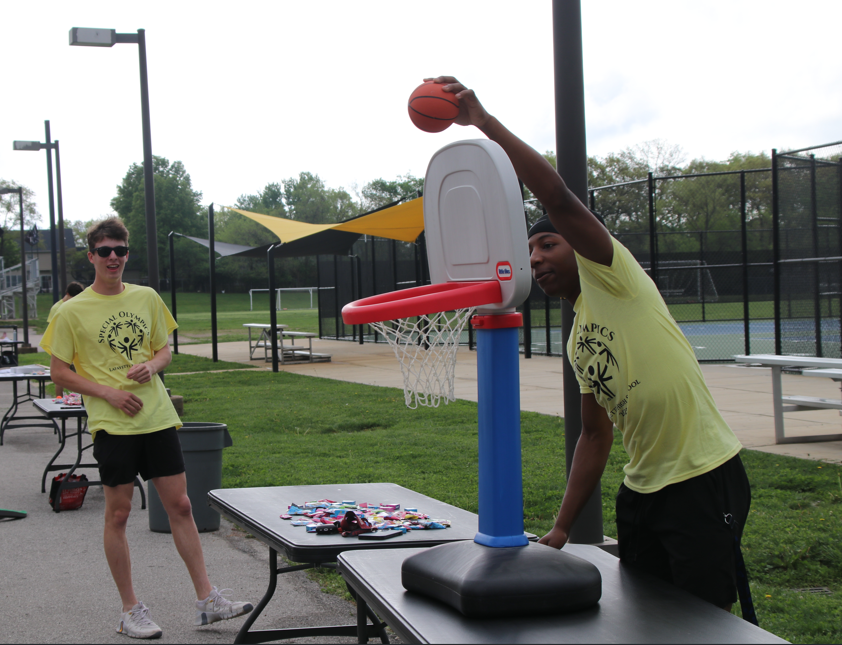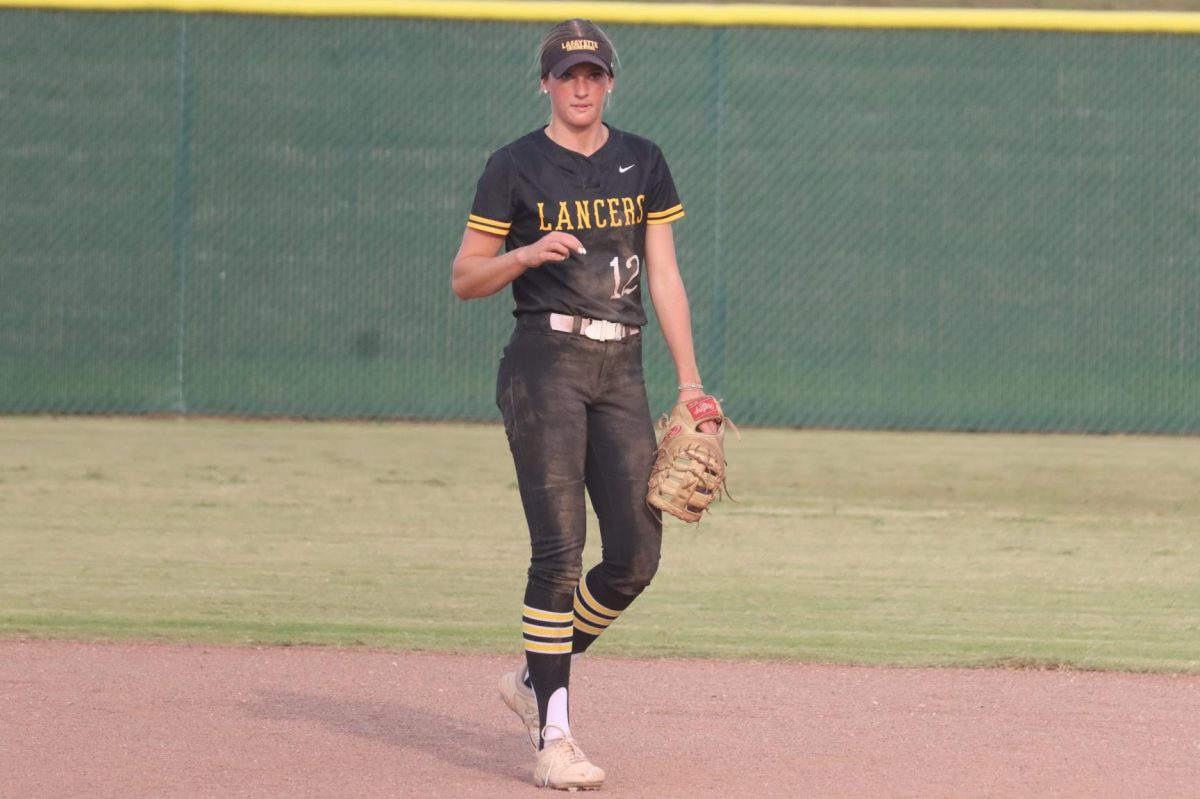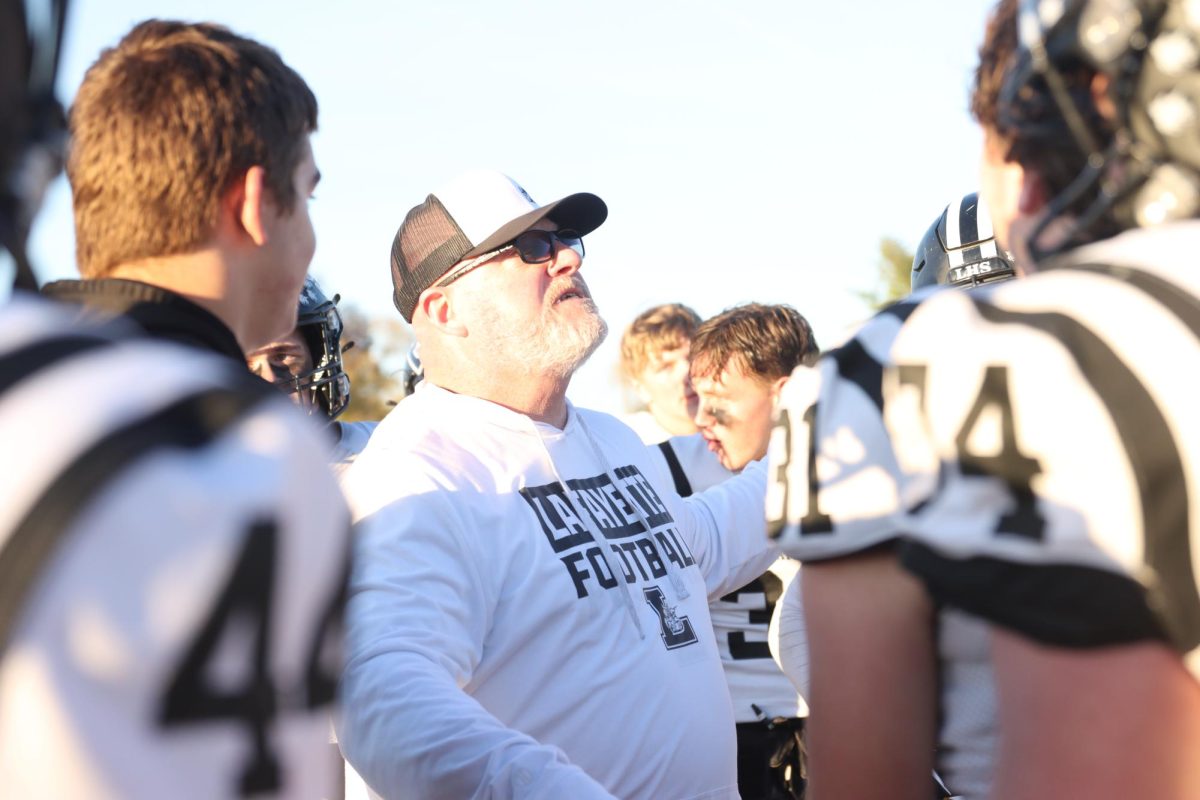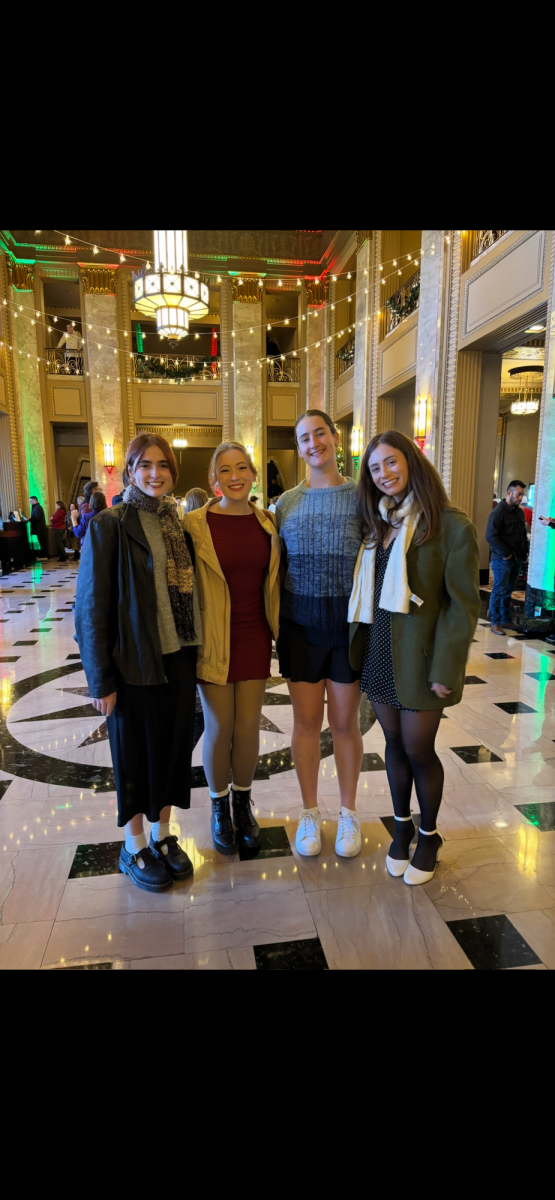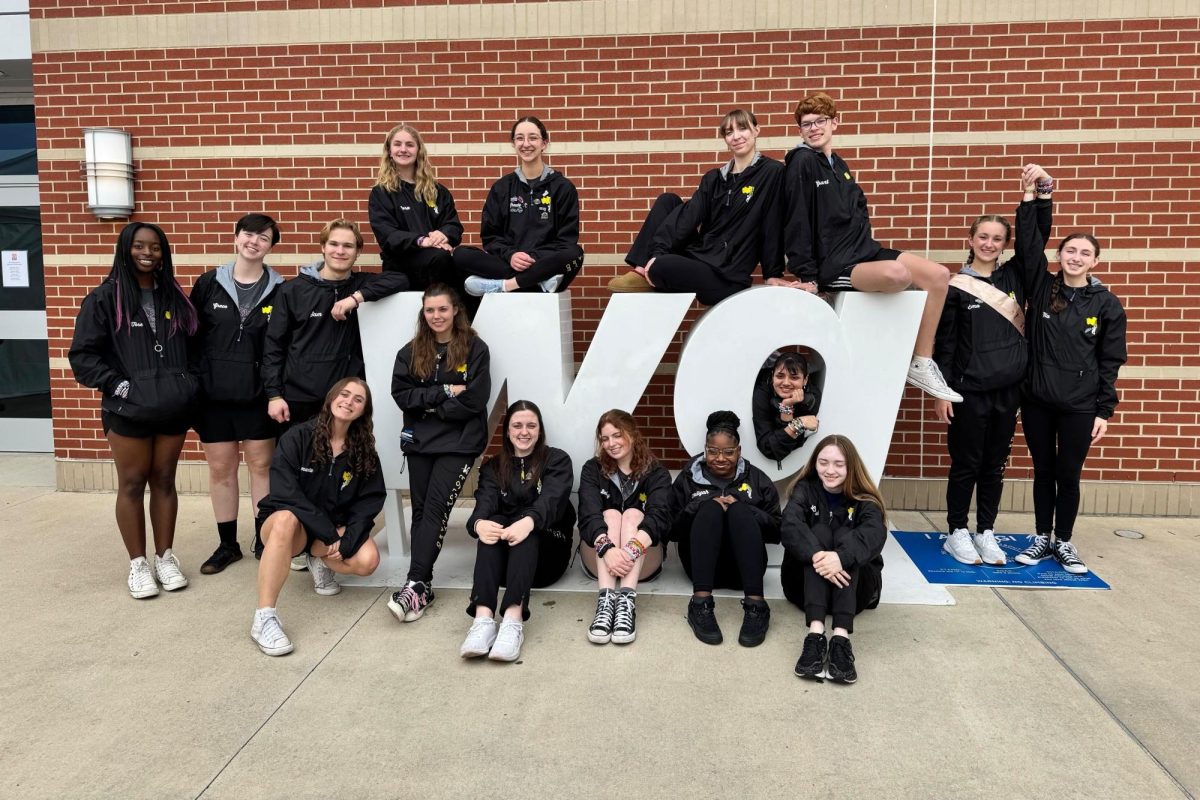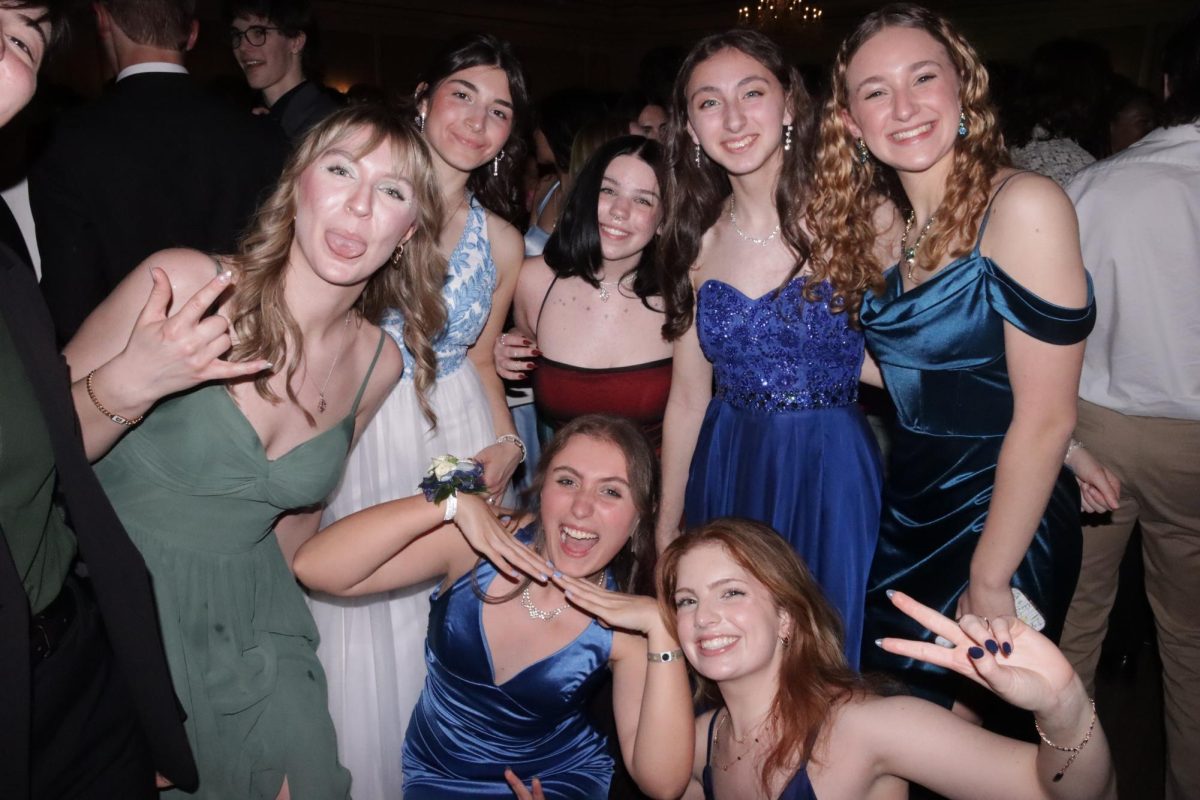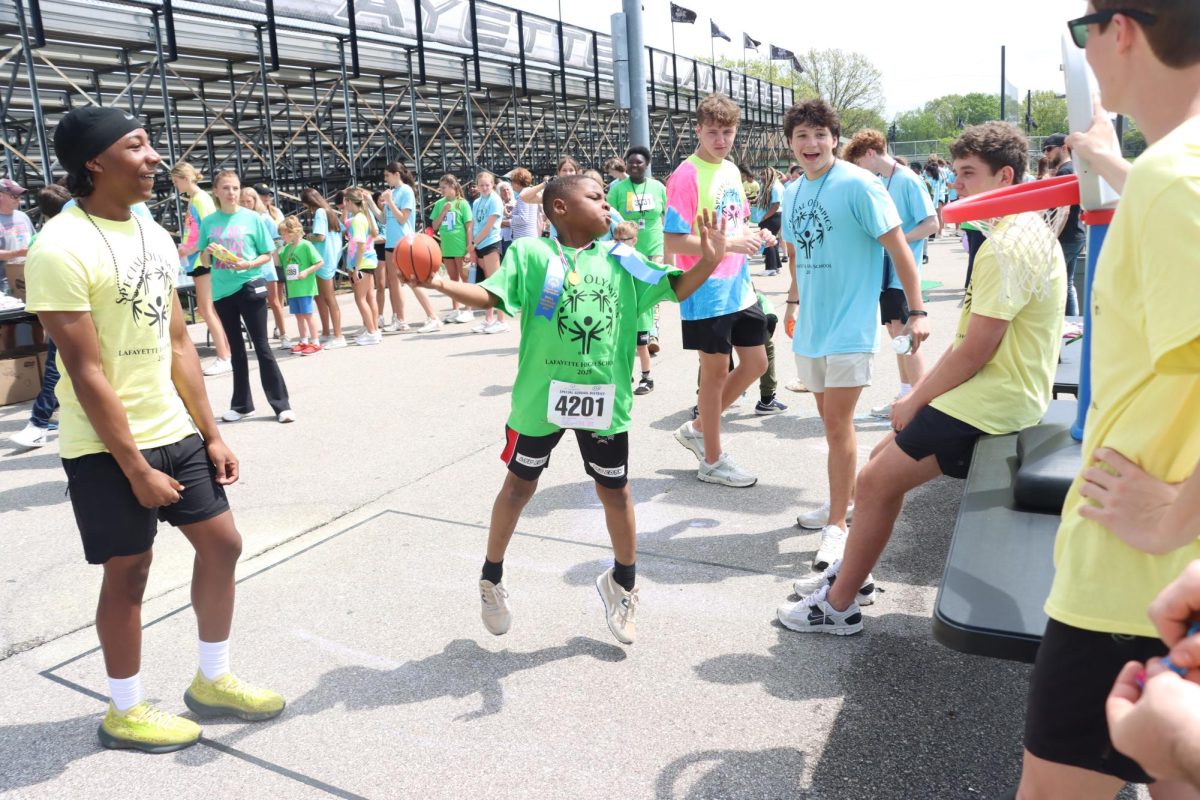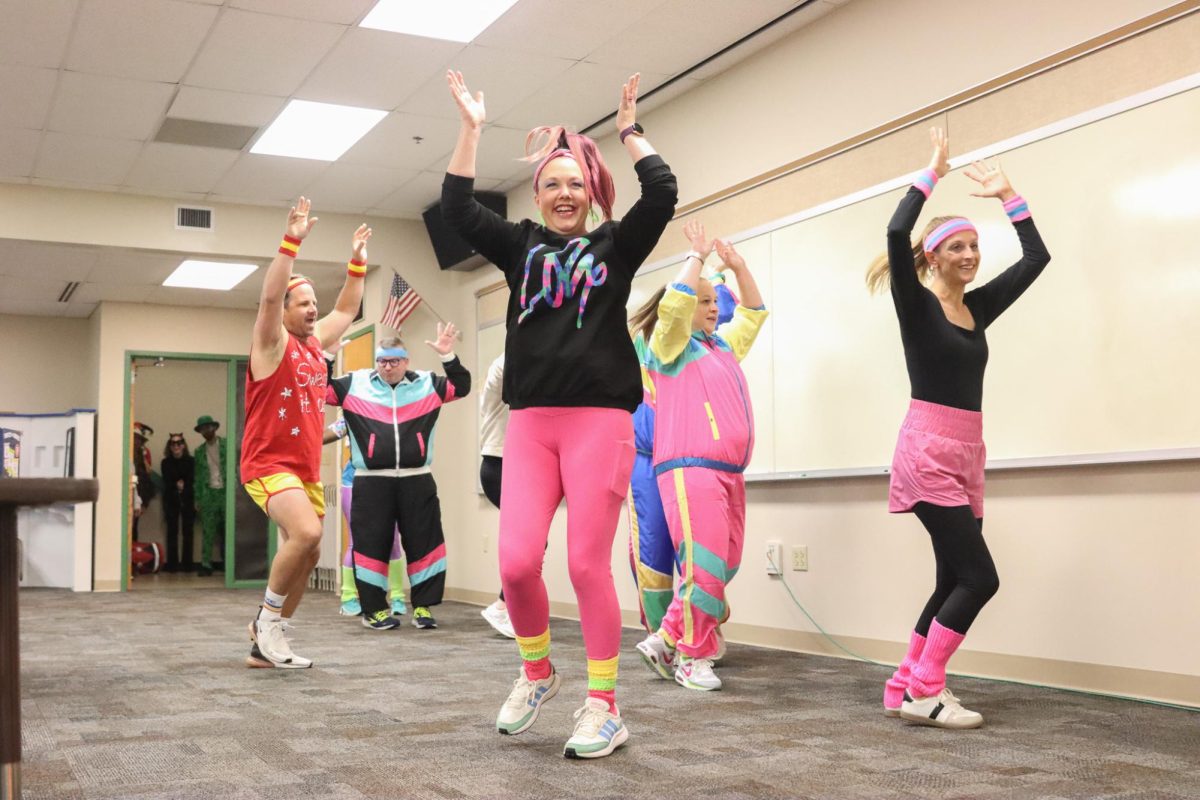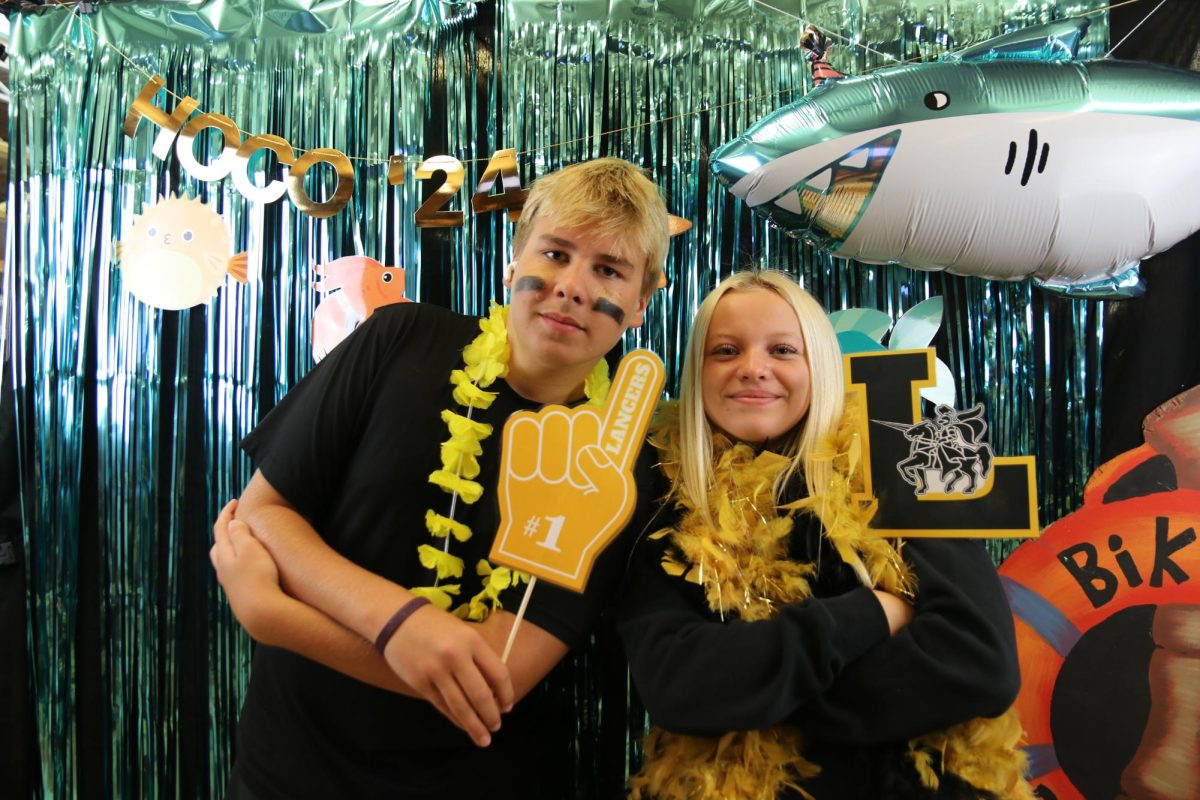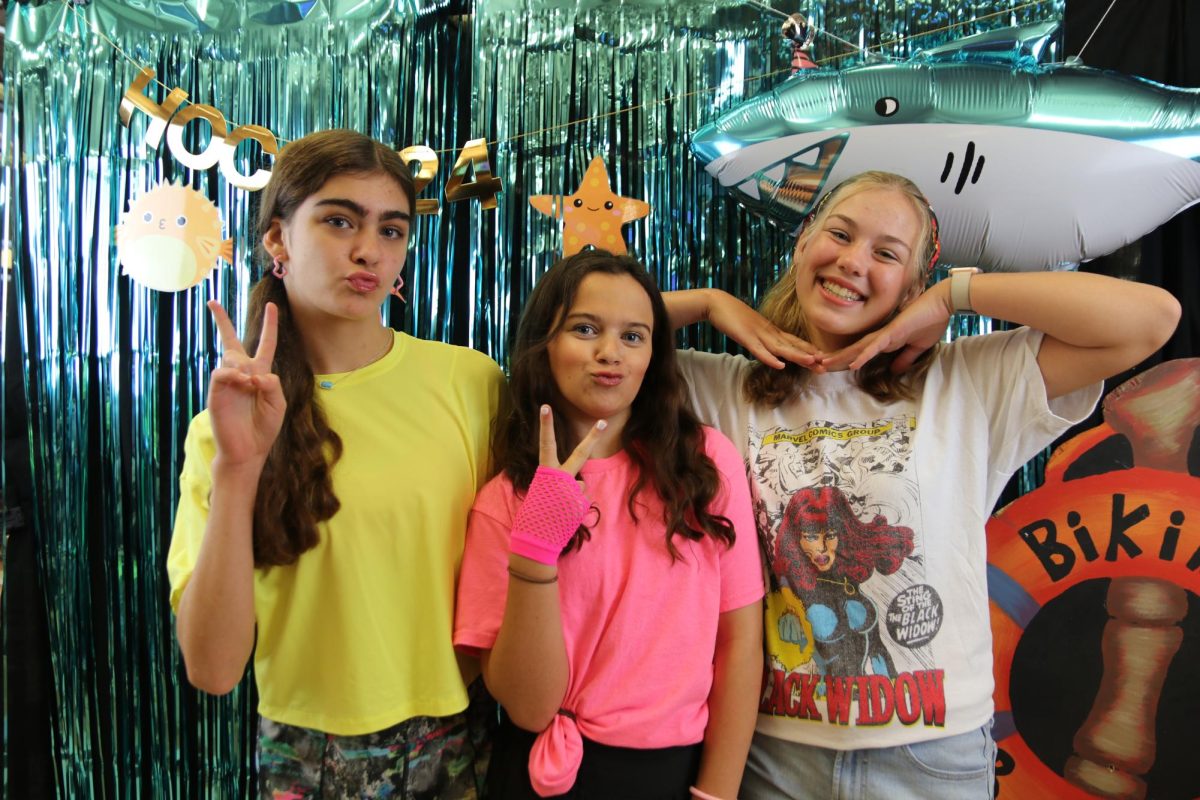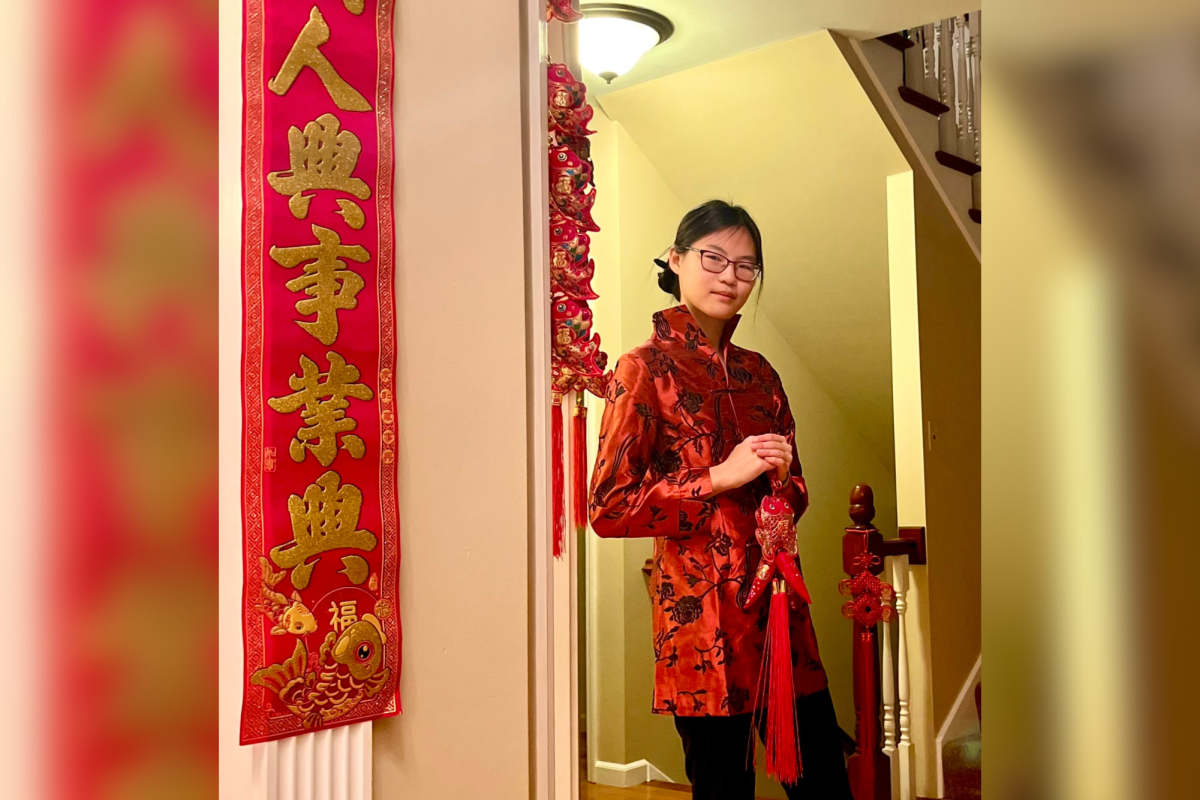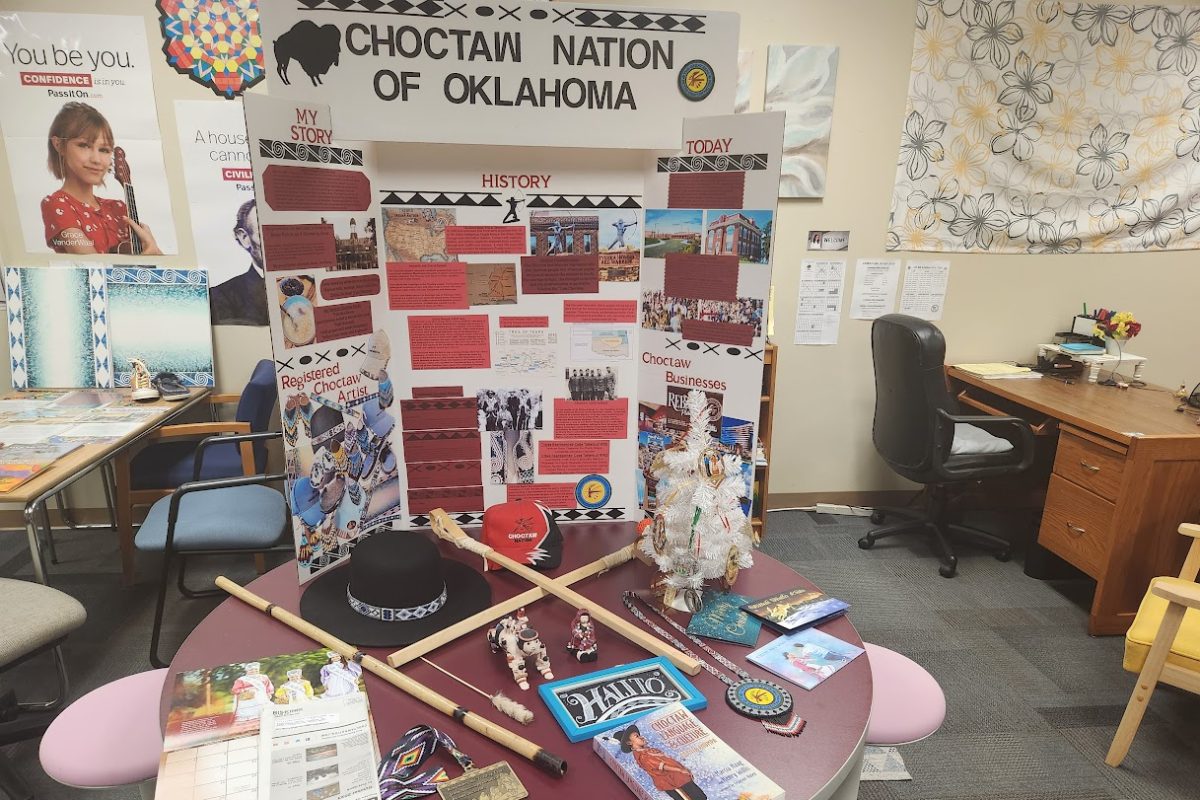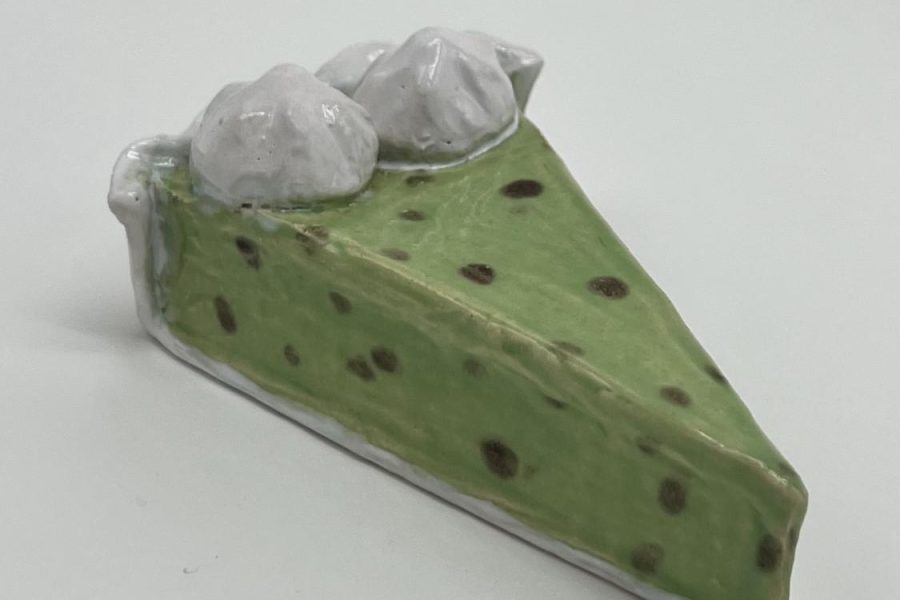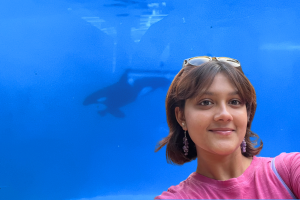Life is what you bake it
Ceramics 1 project explores creativity with food sculptures
Now on display, freshman Amber Skipton creates a key lime pie for her Food Ceramics Project in Ceramics 1. The class used basic techniques to work with clay and paint to form a sculpture unique to their own backgrounds.
February 20, 2022
While some may look at food on a surface level, Ceramics 1 teacher Lyubov Briginets, encourages students to dive into the creative and cultural elements of food as they start their first project of the semester: making food sculptures out of clay.
“Food is not like something you just eat in order to live, but really can define who you are. If you are Asian, the food is going to be different than if you’re German or Russian. It’s a different cuisine, therefore it also defines you as a person. So, with this project, we explore this avenue of who we are,” Briginets said.
To guide students to choose a food that is inspiring to them, Briginets proposes questions to the class.
“We will ask, ‘What are your preferences? What did your grandma cook every Saturday? What did your mom do for breakfast during the snow days?’ These things really form our childhood memories and basically form us as people. Then, we decide which foods we are making, so it’s more symbolic in that way,” Briginets said.
Junior Anna Hopson brainstormed a food that was meaningful to her in the past and applied it to her artwork.
“I made a cupcake and it reminds me of my childhood, like in elementary school, when we would do cupcakes for birthdays,” Hopson said.
As students like Hopson do a series of activities and worksheets to hone in on their backgrounds, Briginets also prepares them for the design of their food using clay, acrylic paint and glaze.
“I just show the basic techniques. This being our first project, people don’t know much about clay yet except the very basics, so it’s a good warm-up where students get to explore their own creative side and also to get into the clay and see how it works,” Briginets said.
Briginets notes how students were hesitant going into the project at first, but eventually responded to the idea well once they understood what it was about. Sophomore Jack Dolle was one of her students in Ceramics 1 that embraced the challenge of the project and meaning after a few trials and errors.
“I tried a couple of things, and I ended up making a Pop-Tart because I always remembered it from when I was very young. It’s really nice for a project to have meaning like this one does. It may not seem like a lot to the outside, but the food you create is important to you,” Dolle said.
When her students take a look at their backgrounds, Briginets is reminded of her own. Having grown up in Russia, she remembers eating Russian foods like very thin pancakes called Blinz, and dinner rolls stuffed with meat, potatoes or cabbage called pierogies. Taking her own experience and applying it to her lesson, Briginets said traditions communicate the value of diversity.
“It’s deeper than just family traditions. It’s also the traditions of your people and nationality. What someone sees as common, for someone else, it can be seen as very unique. So basically what that encourages students to do is to be able to look back at something they think is simple, and realize it can be seen as exotic and interesting,” Briginets said.

